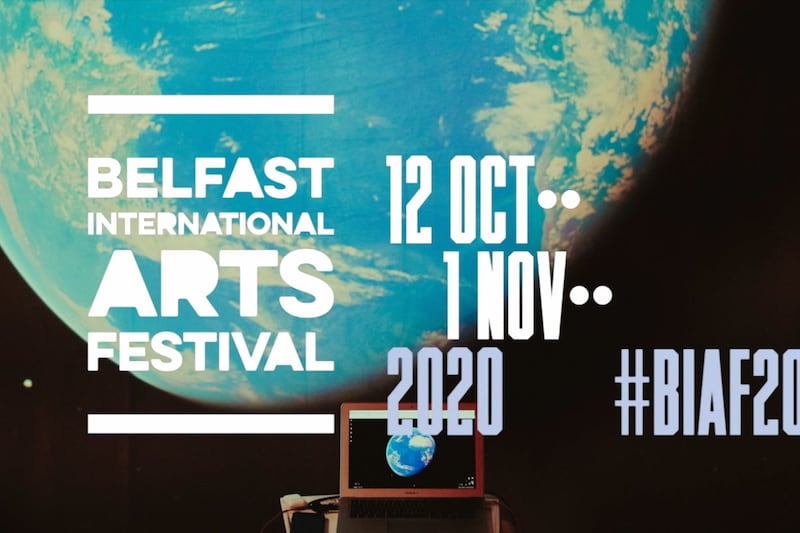REVIEW
Hard To Be Soft: A Belfast Prayer
The Lyceum
Edinburgh
BELFAST-based Oona Doherty's dance piece is a vital depiction of real working-class lives in the city. Three teenage figures, one in a green-and-white hooped Celtic scarf, gather around an outdoor fire as the smell of incense burns, blending the themes of religion and street violence from the start.
Performed and choreographed by Doherty, she captures how violent thoughts can come from a sudden reaction to something, or a disruption in the mind. She is bound in a cage of white light, perhaps representing a prison or even a church. It's a stark stage set that is devoured by Doherty’s pulsating energy; some moments are reminiscent of the choreographed violence in Stanley Kubrick’s film masterpiece A Clockwork Orange.
Voices from Belfast form part of the soundscape. One female speaker makes the point that her sense of female empowerment is about making herself look “f***ing amazing”.
While this angered some in the audience, it seems an authentic portrayal of a working-class woman struggling every day with the issues in front of her, as well as dealing with a “scumbag” partner.
Hard to Be Soft, staged by Belfast theatre company Prime Cut Productions, also includes a powerful performance by a group of teenage girls; the Sugar Army, drawn locally for this Edinburgh Festival performance, brought swaggering female energy in a colourful array of tracksuit tops and uniform white jeans.
As the light gets in at the end of the piece one of the girls is drawn to a crack in the cage, leaving us to wonder if she is drawn to something other than the culture and identity of the group.
In a section titled Meat Kaleidoscope, a bare fleshed father and son grapple with bellies hanging out over their shorts, their body language containing threat but also communicating distress, pain and frustration.
Doherty’s achievement is that she makes these separate, visceral performances work together to create a feeling of the hope and vitality of people who have lived through the Troubles and survived. Despite the dark subject matter, at the end you sense you have been visited by something holy, and wholly compelling.







